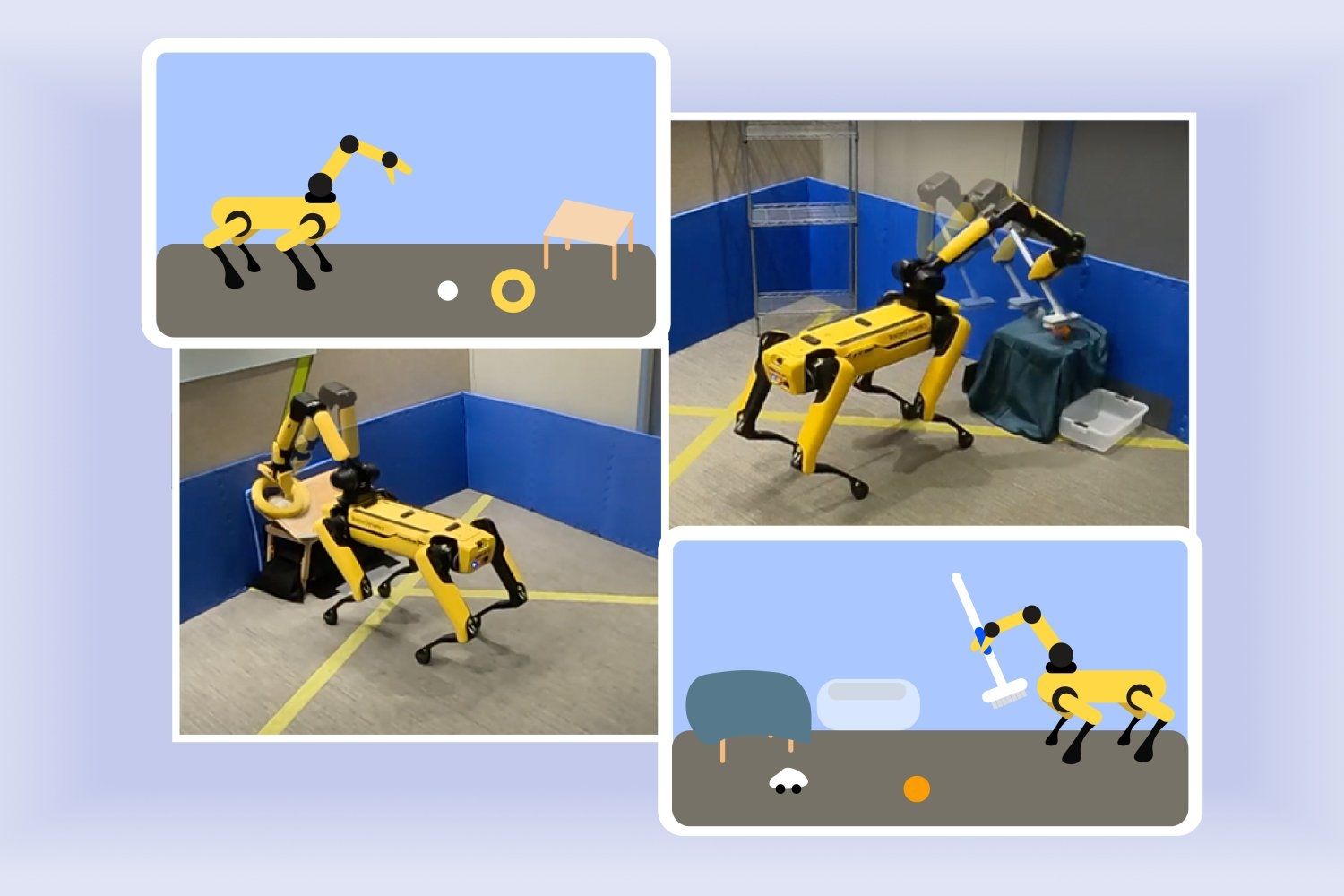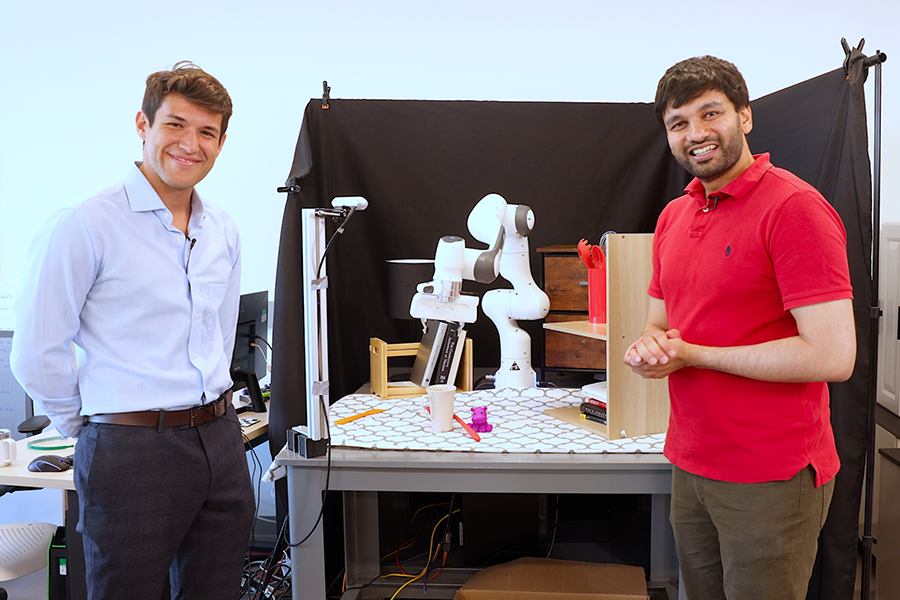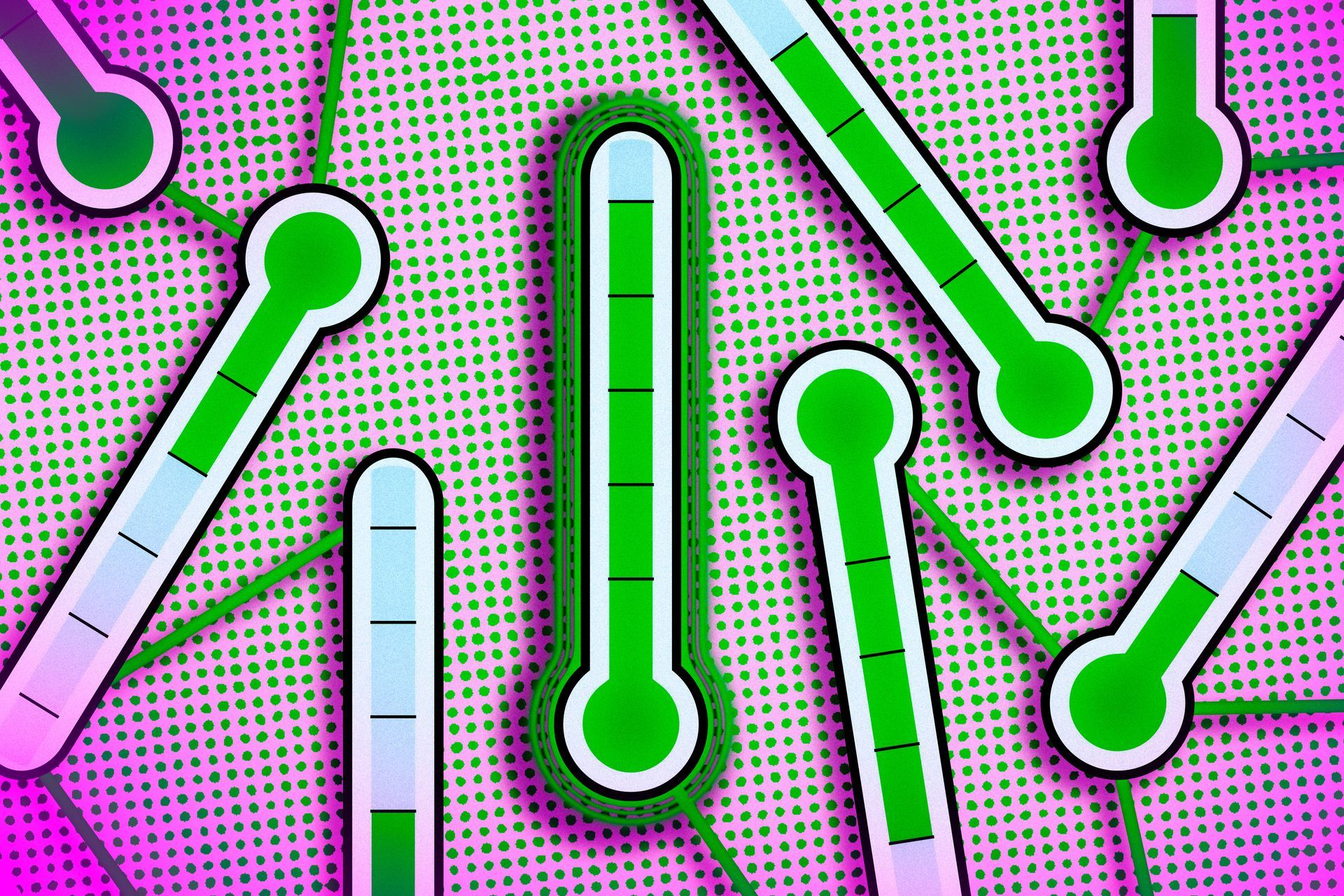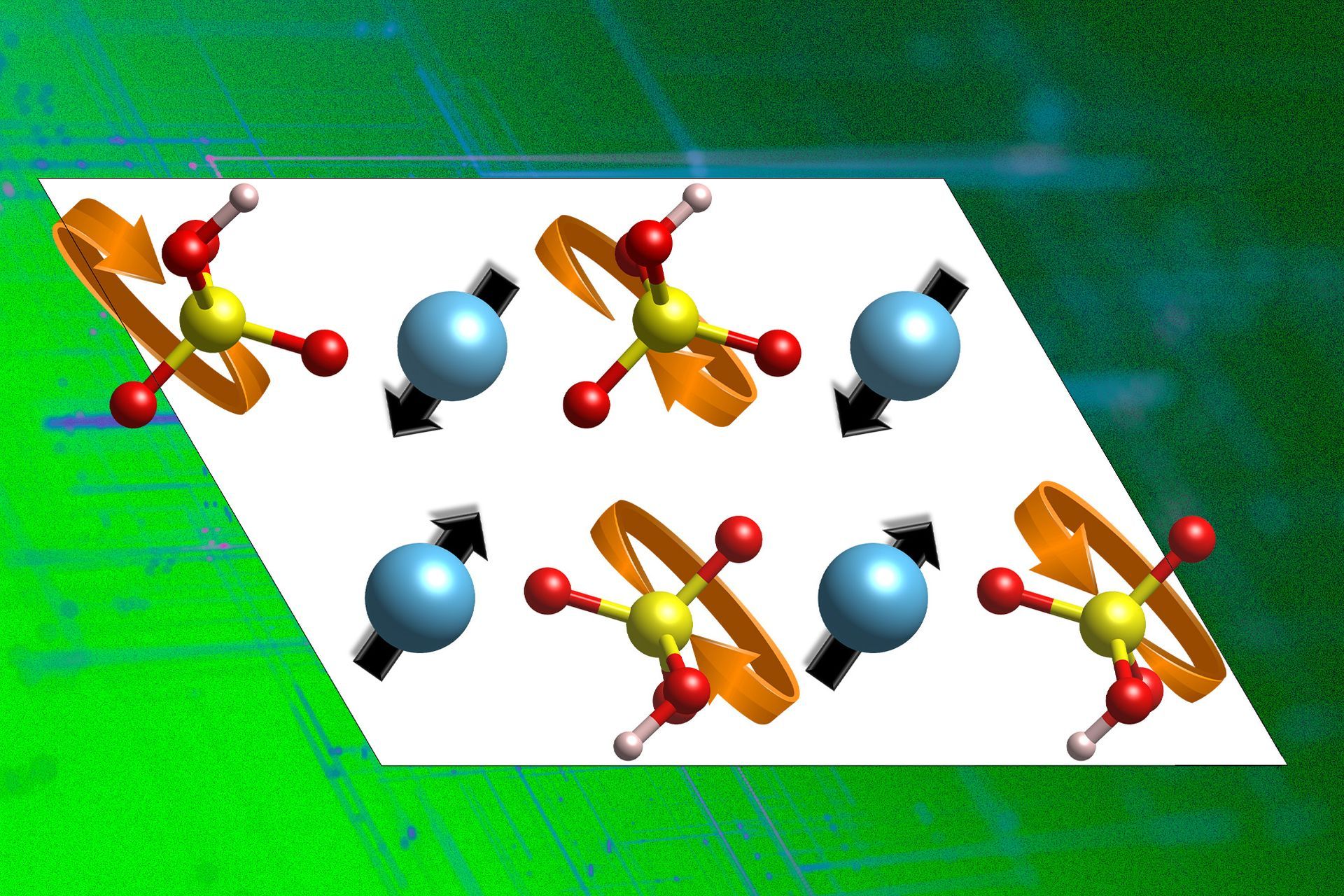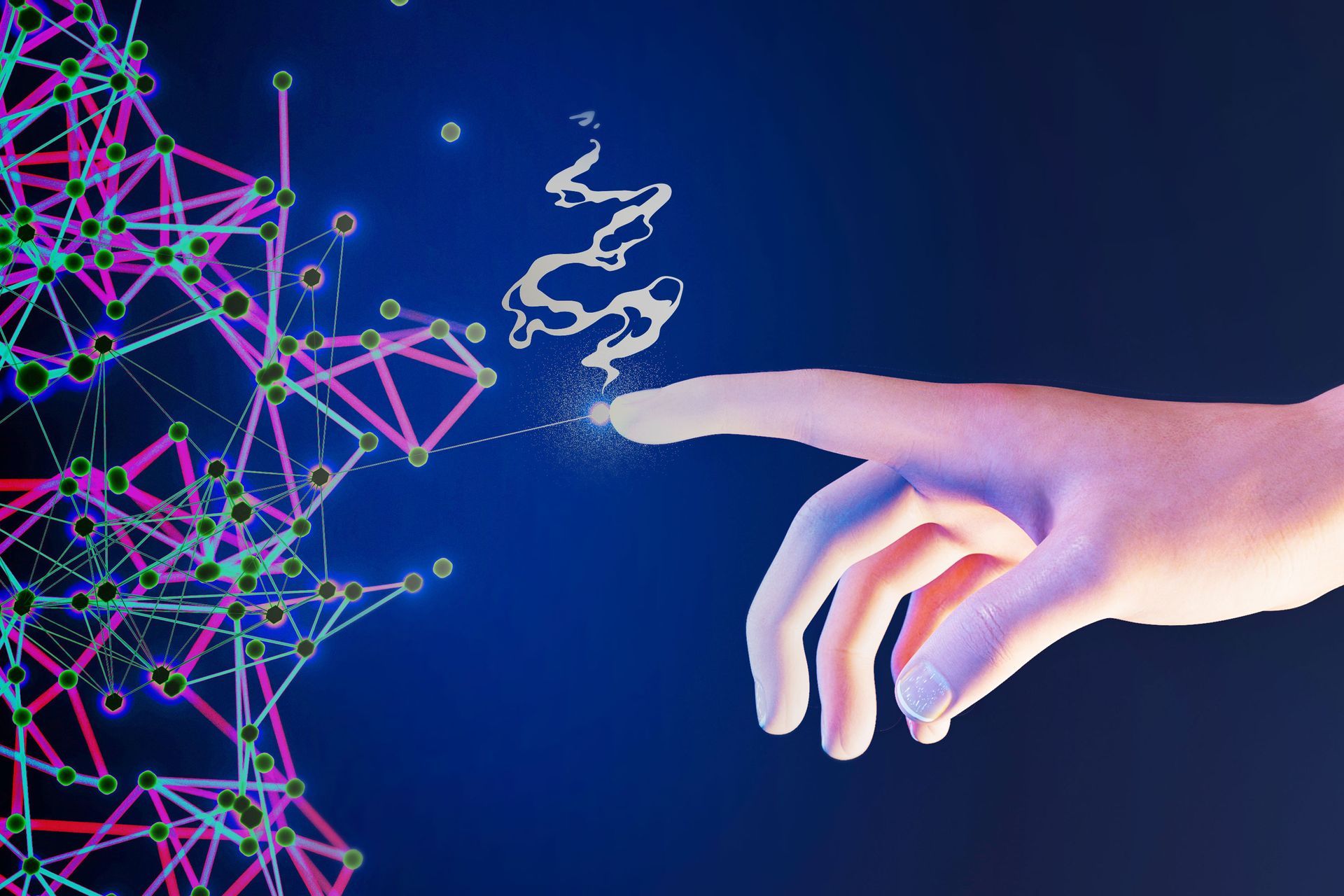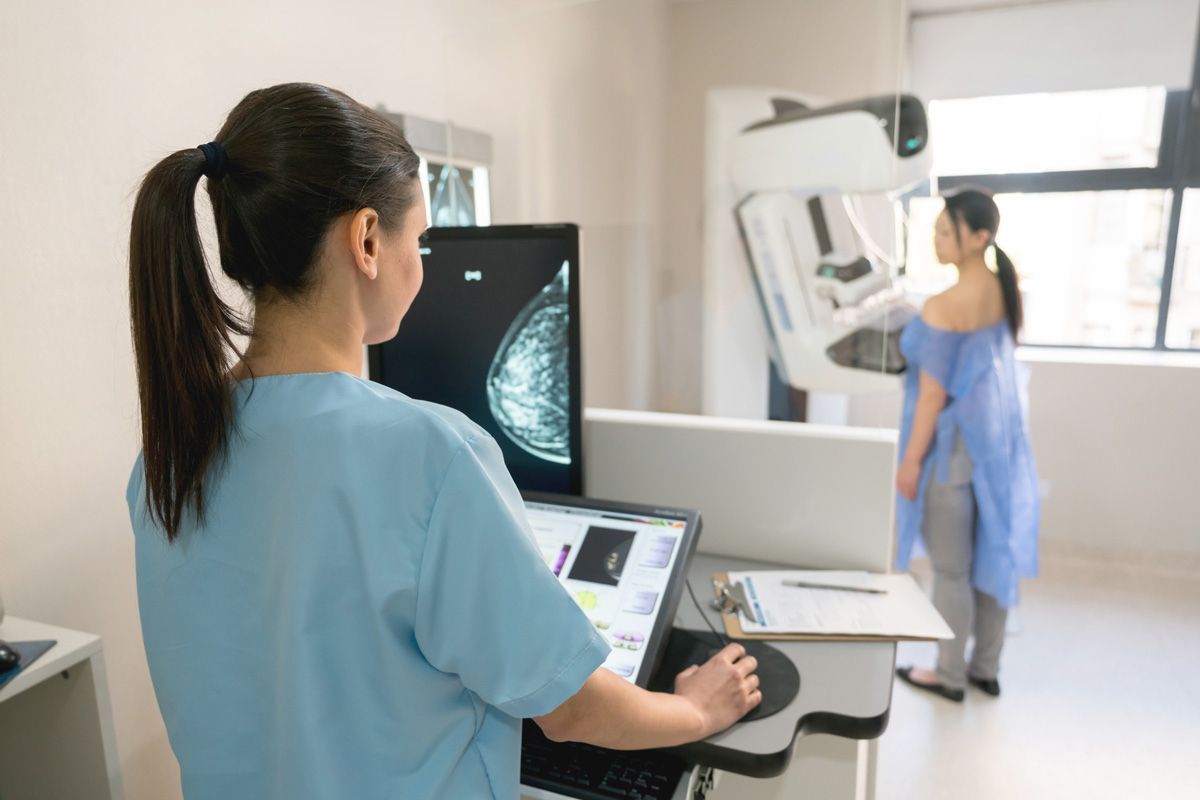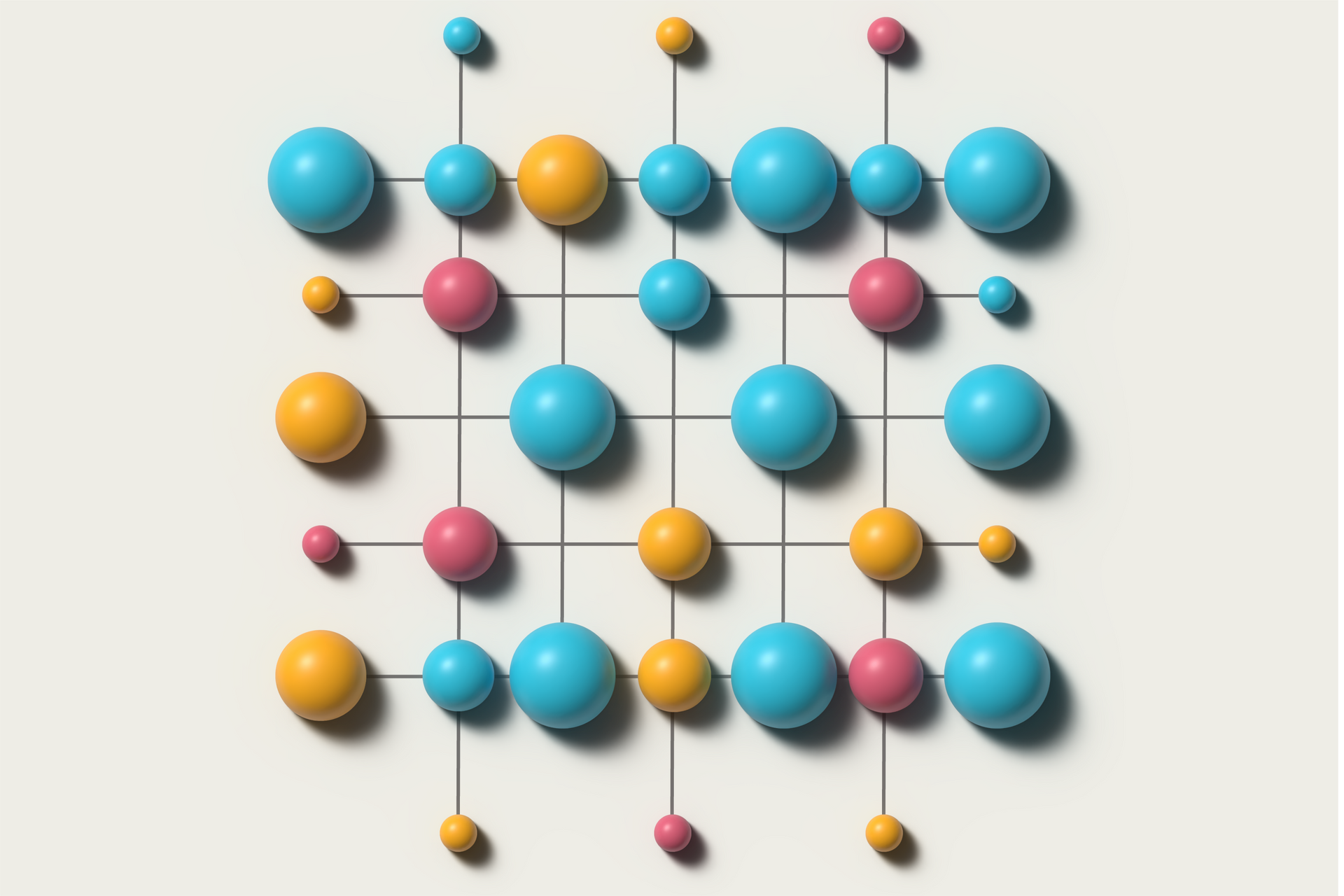MIT ARCLab announces winners of inaugural Prize for AI Innovation in Space
Satellite density in Earth’s orbit has increased exponentially in recent years, with lower costs of small satellites allowing governments, researchers, and private companies to launch and operate some 2,877 satellites into orbit in 2023 alone. This includes increased geostationary Earth orbit (GEO) satellite activity, which brings technologies with global-scale impact, from broadband internet to climate surveillance. Along with the manifold benefits of these satellite-enabled technologies, however, come increased safety and security risks, as well as environmental concerns. More accurate and efficient methods of monitoring and modeling satellite behavior are urgently needed to prevent collisions and other disasters.
To address this challenge, the MIT Astrodynamics, Space Robotic, and Controls Laboratory (ARCLab) launched the MIT ARCLab Prize for AI Innovation in Space : a first-of-its-kind competition asking contestants to harness AI to characterize satellites’ patterns of life (PoLs) — the long-term behavioral narrative of a satellite in orbit — using purely passively collected information. Following the call for participants last fall, 126 teams used machine learning to create algorithms to label and time-stamp the behavioral modes of GEO satellites over a six-month period, competing for accuracy and efficiency.
With support from the U.S. Department of the Air Force-MIT AI Accelerator, the challenge offers a total of $25,000. A team of judges from ARCLab and MIT Lincoln Laboratory evaluated the submissions based on clarity, novelty, technical depth, and reproducibility, assigning each entry a score out of 100 points. Now the judges have announced the winners and runners-up:
First prize: David Baldsiefen — Team Hawaii2024
With a winning score of 96, Baldsiefen will be awarded $10,000 and is invited to join the ARCLab team in presenting at a poster session at the Advanced Maui Optical and Space Surveillance Technologies (AMOS) Conference in Hawaii this fall. One evaluator noted, “Clear and concise report, with very good ideas such as the label encoding of the localizer. Decisions on the architectures and the feature engineering are well reasoned. The code provided is also well documented and structured, allowing an easy reproducibility of the experimentation.”
Second prize: Binh Tran, Christopher Yeung, Kurtis Johnson, Nathan Metzger — Team Millennial-IUP
With a score of 94.2, Y, Millennial-IUP will be awarded $5,000 and will also join the ARCLab team at the AMOS conference. One evaluator said, “The models chosen were sensible and justified, they made impressive efforts in efficiency gains… They used physics to inform their models and this appeared to be reproducible. Overall it was an easy to follow, concise report without much jargon.”
Third Prize: Isaac Haik and Francois Porcher — Team QR_Is
With a score of 94, Haik and Porcher will share the third prize of $3,000 and will also be invited to the AMOS conference with the ARCLab team. One evaluator noted, “This informative and interesting report describes the combination of ML and signal processing techniques in a compelling way, assisted by informative plots, tables, and sequence diagrams. The author identifies and describes a modular approach to class detection and their assessment of feature utility, which they correctly identify is not evenly useful across classes… Any lack of mission expertise is made up for by a clear and detailed discussion of the benefits and pitfalls of the methods they used and discussion of what they learned.”
The fourth- through seventh-place scoring teams will each receive $1,000 and a certificate of excellence.
“The goal of this competition was to foster an interdisciplinary approach to problem-solving in the space domain by inviting AI development experts to apply their skills in this new context of orbital capacity. And all of our winning teams really delivered — they brought technical skill, novel approaches, and expertise to a very impressive round of submissions.” says Professor Richard Linares, who heads ARCLab.
Active modeling with passive data
Throughout a GEO satellite’s time in orbit, operators issue commands to place them in various behavioral modes—station-keeping, longitudinal shifts, end-of-life behaviors, and so on. Satellite Patterns of Life (PoLs) describe on-orbit behavior composed of sequences of both natural and non-natural behavior modes.
ARCLab has developed a groundbreaking benchmarking tool for geosynchronous satellite pattern-of-life characterization and created the Satellite Pattern-of-Life Identification Dataset (SPLID), comprising real and synthetic space object data. The challenge participants used this tool to create algorithms that use AI to map out the on-orbit behaviors of a satellite.
The goal of the MIT ARCLab Prize for AI Innovation in Space is to encourage technologists and enthusiasts to bring innovation and new skills sets to well-established challenges in aerospace. The team aims to hold the competition in 2025 and 2026 to explore other topics and invite experts in AI to apply their skills to new challenges.


